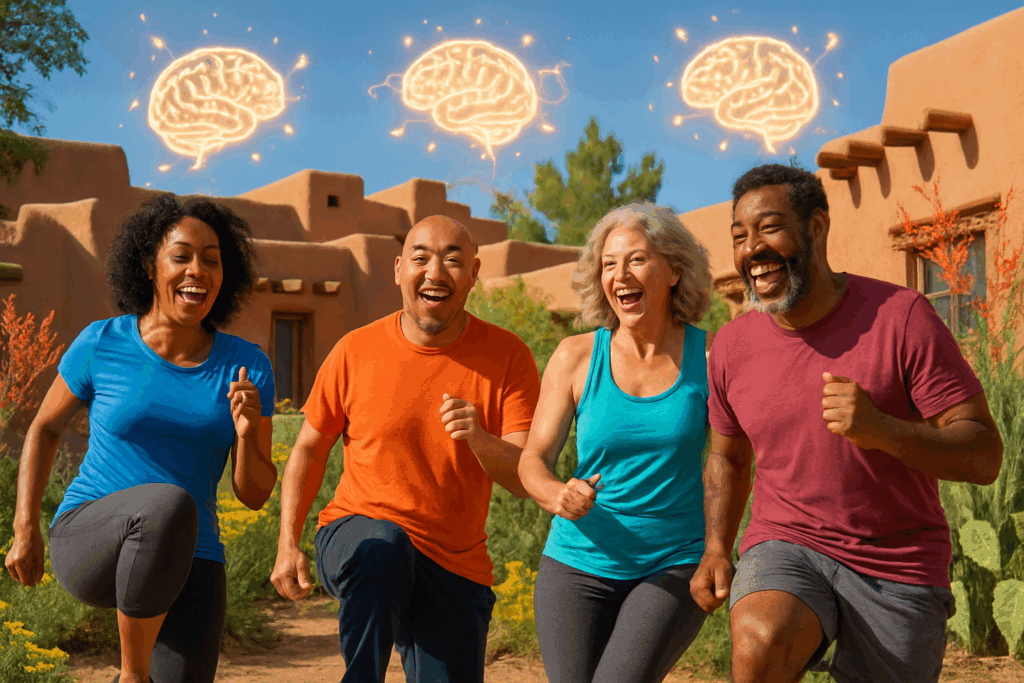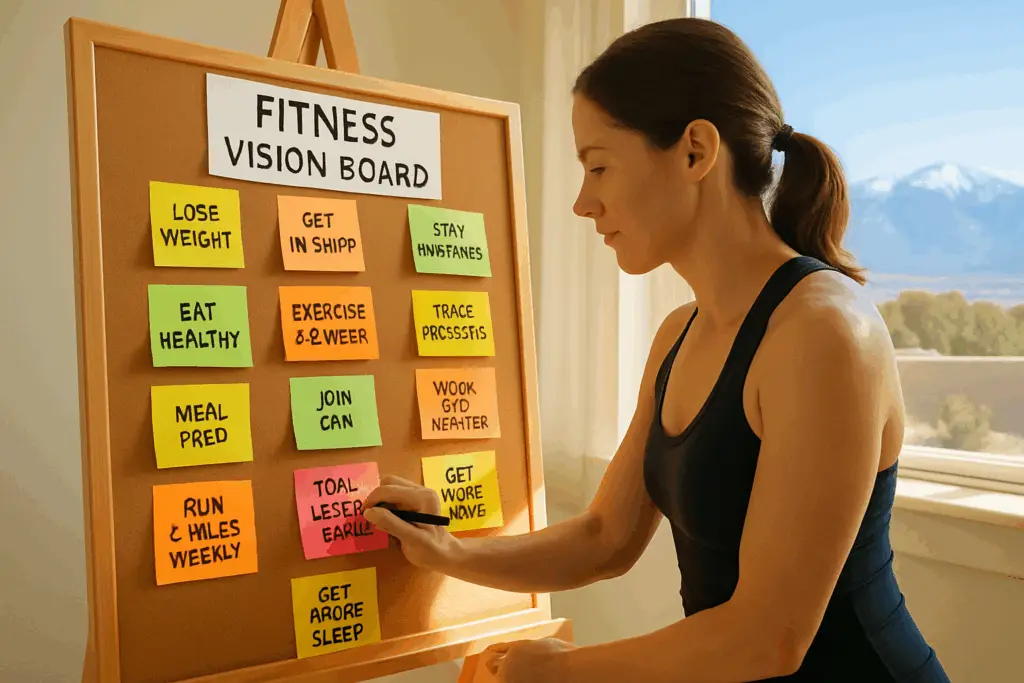
Meet John Bennett—Tenacity, Curiosity, and a Comeback After Surgery
Some people set the bar for toughness—and John Bennett is one of them. From racing motorcycles to tackling five spinal surgeries and still living life at full speed, his story proves that grit alone isn’t enough for lasting health. It was pain—nagging and everywhere—that finally got John through the door at SolCore Fitness.
Unlike many, John chose curiosity over stubbornness. By trusting expert guidance and getting clear assessments, he moved from endless pain to real, measurable gains. The transformation? Remarkable: for the first time in years, he can touch his toes, breathe deeply, and get out of a chair pain-free. Flexibility, balance, and overall conditioning are better than ever—even after decades of “hard living.”
Q&A With John—Wisdom, Wins, and Hard-Earned Advice
Q: What made you decide to start?
“Pain! My back, legs, neck, hips… everywhere was hurting.”
Q: What did you do before?
“Always active—gym, weights, Stairmaster, PT, spinal surgery (five times!), but my body just felt broken.”
Q: What results are you most proud of?
“My overall conditioning is the best ever. Flexibility has improved—touching my toes is a big win. I can now get out of a chair without pain. And breathing, especially, is so much better.”
Q: Favorite and least favorite exercises?
“Wall squats and all the big muscle moves are my favorite. Ab roll-ups? Not so much!”
Q: Biggest goals or current challenges?
“Rolling up my abs is a work in progress!”
Q: What’s best about the program?
“The leadership and knowledge. Trusting expertise instead of guessing what my body needs.”
Q: Advice to other SolCore Fitness members?
“Do your homework!”
Q: What would you say to someone on the fence?
“Do it—this program genuinely helps. It’s made a world of difference for me.”
Ready for your own comeback—no matter your age or injury history? Discover how SolCore Fitness can help with pain, strength, and full-body confidence:
https://www.solcorefitness.com/personal-training-and-manual-therapy/
Get more information @









